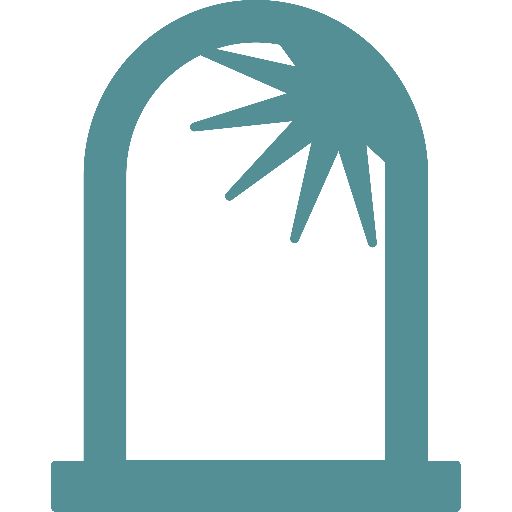Getting the Light Right – It’s a Win-Win, Harvey.
Anyone who is familiar with the series Suits will recognise Harvey Spector’s corner office – all that beautiful light streaming in through the windows, immediately boosting the mood of anyone who enters, increasing alertness and sense of mission. Then the camera moves to the windowless area the legal associates are placed in. They have only a little daylight – it seeps insipidly through the windows in the doors – and their main source of light is artificial. Without it this people are literally in the dark.
This set-up is counter-productive though. The way the offices in Suits are designed mirrors many office spaces – a set-up that can have a negative impact on the health, wellbeing and performance of a company’s main assets, i.e. its workforce. Each of these three factors influence productivity, which means that ultimately the bottom line might also take a hit.
Why so? Well, for a start, light can boost alertness and mood. This might be particularly useful if an individual feels tired or down but still needs to deliver a quality piece of work. Also, exposure to light during the daytime helps people sleep better. Taken en masse, exposing a workforce to more light can have a multiplying effect and can mean a workforce will wake up feeling more refreshed and more ready, able and willing to get their work done.

To go a little deeper, all human beings including Mr. Spector’s legal team, need a daily light exposure of the right duration, amount, timing, intensity and spectral composition. This helps synchronise their internal body clocks with the natural day-night cycle. Without adequate light during the day – particularly in the morning hours – and darkness at night, the internal body clock struggles to tell time. And sooner or later, it struggles to coordinate the body’s various daily physiological, psychological and behavioural processes and functions, including the cycle of sleep and wakefulness!
The impact of this on individual workers is high. The internal body clock sets the timing for sleep (and wake) and sleeping during this window will be the most efficient and refreshing. Sleep outside this window is possible, too, but it is of poorer quality and often shorter. A large number of research studies have shown that inadequate sleep (quality and duration) is associated with cardiovascular diseases, obesity, diabetes and weakens our immune system. And these are just a few of the various negative health outcomes, cancer and dementia being among the most prominent ones. Often, these health problems present in clusters, one leading to the next and putting the body in a constant state of stress.
By default, these downsides for individual workers can be passed directly onto a business and immediately impact productivity. Recently Marco Hafner and his team at the RAND Institute ran a comprehensive research project assessing the wider economic and societal effects of sleep deprivation, or so-called ‘short sleep’ on productivity. For business owners, reading the results makes for sleepless nights because RAND calculated that sleep deprivation costs the UK economy £40 billion a year. In the States and Japan it’s worse, running at $411 billion and $138 billion per country. This report did not include Australia but in a study by Hillman and colleagues from 2006 they estimated the direct and indirect costs of sleep disorders, including insomnia, to be 0.8 % of GDP. It is possible that by now this has gone up.
To give a tangible example of how sleep deprivation costs a business, the RAND report highlights how a worker who sleeps less than six hours can cost a business more in lost working days due to absenteeism/ or presenteeism (a worker is at work but under-performing) than a worker sleeping for the recommended seven to nine hours.
Other downsides are more obvious. For example, if a business pays a proportion of its workers’ healthcare costs – e.g. health insurance or other benefits – then the consequences of lack of good quality sleep can result in more healthcare insurance pay-outs.
Not getting enough sleep also impacts on basic cognitive function inhibiting an individual worker’s ability to concentrate and flexibly and quickly shift attention between competing and simultaneous tasks for example.
It impacts higher order functions too – i.e. the functions of the brain needed to accurately process and speedily assess information at hand. In knowledge-driven businesses, for example, financial services, healthcare, creative and media, politics, education and so on, making the right judgements and accurately calling the shots is critical to success. Sleep deprivation risks compromising this ability, making it harder to decide on which next, right steps to take. In fast-paced, data- and information-rich working environments this can have serious and detrimental consequences for the company.

This is a pretty clear-cut example but there is also a more insidious way a lack of sleep impacts performance. Sleep deprivation also impacts mood and emotional state and if we don’t sleep well, this can negatively influence how we interact with the people and the world around us. In short, a sleep-starved brain is far more likely to be driven by the amygdala – an important are for emotional processing in the brain – than by the pre-fontal cortex which plays a role in rationalising our responses to data inputs. An amygdala-driven response is likely to be more emotionally raw or unfiltered. Sleep-deprived brains may express increased irritability and impulsivity, and less empathy with others. Sleep-deprived workers are more likely to be less considerate of others and more likely to take out their frustration (e.g. about not performing well themselves) on co-workers. This can impact on team performance – people in the team may be less willing to share an idea for example, and it can make workers who aren’t sleep deprived more reserved or cautious. The team stops leveraging its talents in an optimised way and makes it less effective in daily operations than it otherwise could be. Add a challenging client into the mix and the combination of the lack of self-control, sensitivity to others’ needs and lower cognitive function can severely damage business relationships and opportunity spotting.
So, what can businesses do to avoid these pitfalls and optimise their workforce? Well, good, healthy sleep promotes good health. In fact, it is considered the foundation of good physical health, cognitive performance and emotional wellbeing. Therefore, businesses should support the workforce in getting that healthy sleep. Creating the right light environment is one way.
Evidence of interest to business leaders are a number of studies showing how workers who had more light exposure during the day benefited from a better sleep quality compared to those with less light exposure. Other upsides were feeling less stressed and better mood, increased alertness and safety, and higher performance. Each single one of these aspects is directly linked to productivity and company profit – productivity of a worker getting seven to nine hours of sleep is 2.4% higher than that of someone getting less than six hours. This knowledge presents business owners with an opportunity to take an interest in improving the sleep of their workers and to do this as a preventative strategy to optimise health and wellbeing.
But whose duty is it to manage a worker’s light environment? The employers or the employees? And does anyone care anyway? As noted, both business owners and employees could. Getting light right is a win-win.
The good news is that small changes can go a long way. But exactly how can this be done? Well, employers can do a lot in relation to the office lighting. Current buzz words include dynamic and human centric lighting. These are lighting systems that dynamically change across the day. They mimic natural daylight while taking into account individual needs at any given time based on the social and internal time of the individual.
Sometimes thought it’s not possible to install this type of lighting. An alternative is to set up ‘light cafes’ inside the building. Instead of serving highly caffeinated beverages they serve up light, simulating the natural changes of daylight across the day.
Another option for employers is to promote break taking. Doing this enables employees to go get their daily light boost. And employees can play their part and take them. A short walk at lunch time or choosing a route that includes passing a window on the way to a drinks station (and actually looking out of the window!) also adds to daily light exposure.
Employees can also open the curtains and get exposure to morning light. This is important as it helps to sync the body clock to the external day/ night rhythm. Also spending time near a light box or walking to work helps. In the evening good sleep promotion is all about reducing light exposure. Darkness signals the internal body clock that the day has come to an end and it is time for rest and sleep. This means dimming the lights and making the firm decision to not use light-emitting screens. (Sometimes of course this is not possible. In that situation employees could install a blue-light filter on devices and reduce the brightness.) Numerous research studies could show the delaying effects of in particular blue-light exposure in the evening. But the prolonged light exposure might also affect sleep itself reducing its recuperative, refreshing effect. Going to bed at the time that is right for the individual is thus the healthiest action one can take in the evening. It’s a tough (self) love decision but it pays performance dividends over the long run. It all helps.
All in all, getting the light environment right is not impossible. Some solutions can be costly, but many are very simple and straightforward and can be enacted immediately. More research is needed but there is no need for either an employer or an employee to wait. As an employee one can start by walking to that lunch place a bit further away and getting more exposure to natural light. An employer can encourage this by setting down sleep and wellbeing guidelines – in effect helping to create a ‘sleep positive’ culture. If they have the cash and are able to push the boat out and spend some more, they could contact a lighting specialist to find out what can be done to optimise the lighting environment.
A company’s power are its people and the extra benefits in health, wellbeing and productivity getting the light right to help the workforce sleep well makes the investment worth it. A well-rested workforce is a healthy, happy and productive workforce. The real question business leaders (even fictional ones like Mr Spector!) should be asking themselves is that given this new knowledge about the power of sleep, how best can they convert the opportunity the new science presents them with to raise productivity and get a better bottom line as a result.
Business leaders, open up the office, let there be light, in this case for everyone!
Are you ready to create a sleep-friendly work-culture? Send an enquiry via the contact form.
